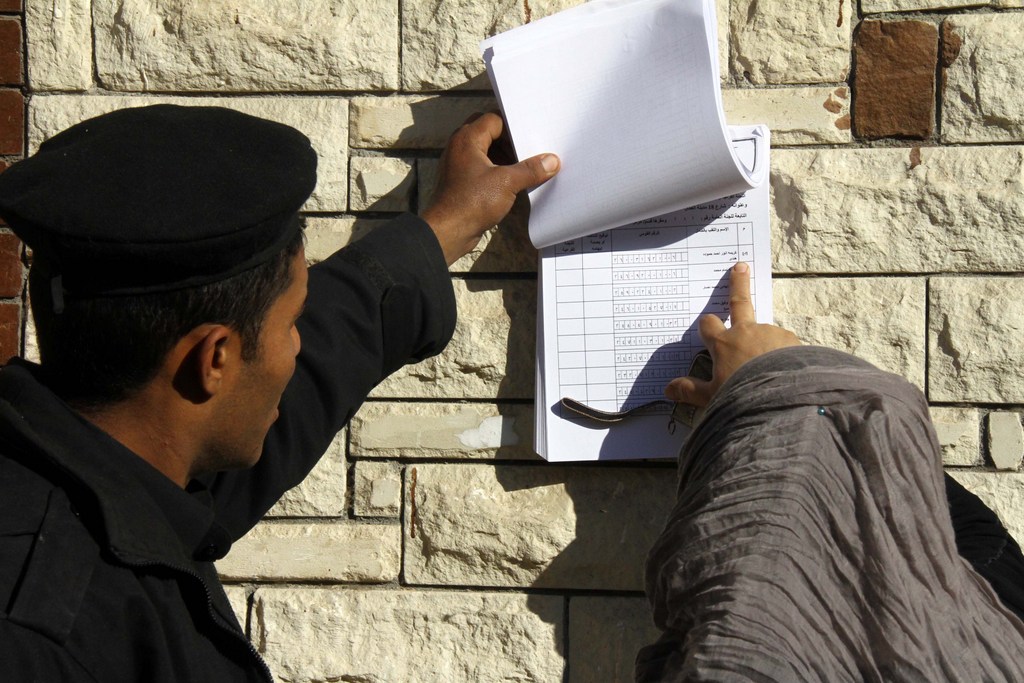More than half of Asia’s population – 1.8 billion people – live on less than $2 a day; more than 600 million of them try to survive on less than $1 a day. With food prices now soaring, most of Asia’s “working poor, who are already struggling on degraded lands, in sweatshops, on streets and at homes, risk further destitution. Yet the Asian Development Bank – an institution whose mission is to reduce poverty – last month approved a new corporate strategy (ADB Long Term Strategic Framework 2008-2020) that is ominously silent on the importance of employment and social protection for the poor. A handful of influential ADB bureaucrats with large salaries, secured pensions, comprehensive health insurance, subsidized housing, and education for their children, have apparently decided that financing subsidized housing, health, nutrition, and child protection programs is not a priority. Nor do they consider land reform, employment services, or pensions for all Asians a priority. Instead, these officials have decided to refocus ADB operations on three areas: inclusive economic growth, environmentally sustainable growth, and regional integration, with a heavy emphasis on private-sector development. The ADB is abandoning crucial public support for social development. The new strategy is a reversal of the policies of the late 1990s, when the ADB changed its objective from “economic growth to “poverty reduction. The ADB’s earlier policies were based on broad-based growth, good governance, and social development. Ten years later, only an empty corporate motto of “an Asia and Pacific region free of poverty is left. Social protection, housing, employment, and labor are not on the ADB’s new agenda. Health and agriculture will be considered only on a highly selective basis. Only education remains as a future investment sector, given its impact on productivity, but the rest of the much-needed social sector interventions have been abandoned in favor of investment in infrastructure, the environment, regional integration, and finance. No lesson was learned from the Asian financial crisis, which underscored the importance of social protection. Pensions are mentioned only under financial-sector development: the ADB is to promote private-led insurance, despite evidence from the United Nations, International Labor Organization, World Bank and NGOs showing that private pensions do not reach the poor. If the ADB were serious about poverty reduction, it would put a significant share of its investments in social development, particularly on non-contributory universal social security schemes that can reduce poverty by 35 percent to 50 percent. Why is the ADB constricting its agenda? Why does it want to deny governments’ access to much-needed funds for social development? The ADB argues that other agencies are responsible for social development. But that argument is unjustified: while institutions such as the UN and NGOs may work on social development, they are under-funded compared to the ADB. Besides, plenty of other public and private institutions undertake the infrastructure and finance projects that the ADB now wants to focus on. So, what is the ADB’s added value, and whom does it serve? Certainly the ADB’s new strategy will not serve the majority of Asians, 60 percent of whom still live in poor rural areas. Indeed, Asia and the Pacific account for three-quarters of the world s stunted, underweight, and malnourished children. Maternal mortality rates remain dismal in several countries. As food prices rise, so is hunger and poverty. External and internal pressure at the ADB’s Annual Meeting this May forced the bank to respond to the current food crisis through temporary safety-net food security programs. It also offered medium-term measures such as infrastructure and rural finance. All of these are good, but they are insufficient. Other measures are needed to reduce poverty in rural areas, such as land reform and rights, agricultural extension services, expanding access to health and non-contributory social pensions, just to mention some. ADB’s major goal, however, seems to be to scale up private-sector support from 15 percent to 50 percent of total bank operations. Several countries have expressed reservations about this. It will include direct financing, credit enhancements, and guarantees – a subsidy to a sector known for its risky non-performing operations at the ADB – as well as business-friendly regulations and removal of market “barriers, which include social and labor rights. Such rights can be tolerated only as minimum social safeguards, which the ADB is trying to neuter through another ongoing review. Unless the ADB’s member governments reverse its current policies, they, too, will be blamed for ignoring the urgent needs of the poor. Poverty reduction requires both economic and social policies that reach people. Growth on its own is not sufficient to guarantee poverty reduction in Asia and the Pacific.
Isabel Ortiz,a former ADB senior official, was a founding member of its Poverty Unit.Anita Kelles-Viitanenis a former Manager of Social Development at the ADB. This article is published by Daily News Egypt in collaboration with Project Syndicate, www.project-syndicate.org.
